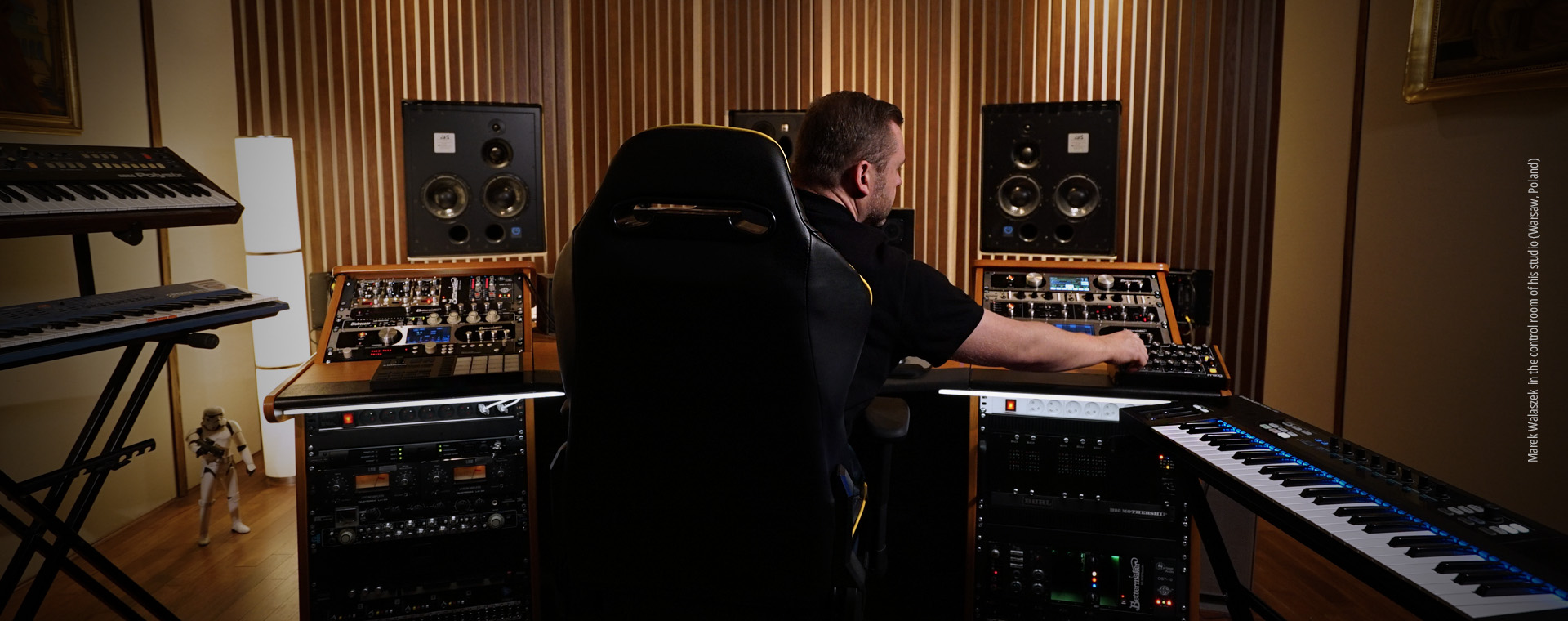STEP 1
Contact
The client contacts us for the first time in writing
This initial contact can be done directly from our contacts page or through the several internet forums we participate in. ( Our Time Zone is UTC+07:00)
STEP 2
Assessment
The client provides us with as much details as possible.
We ask for all property dimensions or, if already built, precise measurements of the space, room configuration and windows/doors placement.
STEP 3
Requirements
Discussing client's needs & space requirements.
We make a thorough requirements assessment, evaluating both the client's and space needs. Sometimes this involves ordering a noise survey of the space.
STEP 4
Quote
We provide the client with a quote.
We work with the client to provide a quote that meets his budget, taking into consideration project complexity and client expectations.
STEP 5
Payment
The client makes payment.
We provide several payment options and plans, depending on client needs and project complexity. After the payment has been made we start working immediately on the project.
STEP 6
Design
We work a design until the client is satisfied.
We propose an initial design and show it in a highly detailed 3D model. We work closely with the client revising and refining the design until it is complete and building plans and layouts are delivered.
STEP 7
Construction
Construction begins.
During this stage we assure continuous support to our clients, providing consulting, construction advice, and best practices, sourcing cost effective materials, periodic building assessments, detailed schematics for acoustic elements, and any necessary revisions to the project.
STEP 8
Optimization
Detailed testing and room optimization.
With client cooperation, we perform detailed tests in the room (ex: listening & speaker position), assess test data and make the necessary adjustments to achieve the best results.
STEP 9
Completion
The project is complete! You now have a high-standards professional facility.
We ask the client to provide us with high-resolution photos of the final result so we can upload them to our hall-of-fame project gallery... and wish much success!
